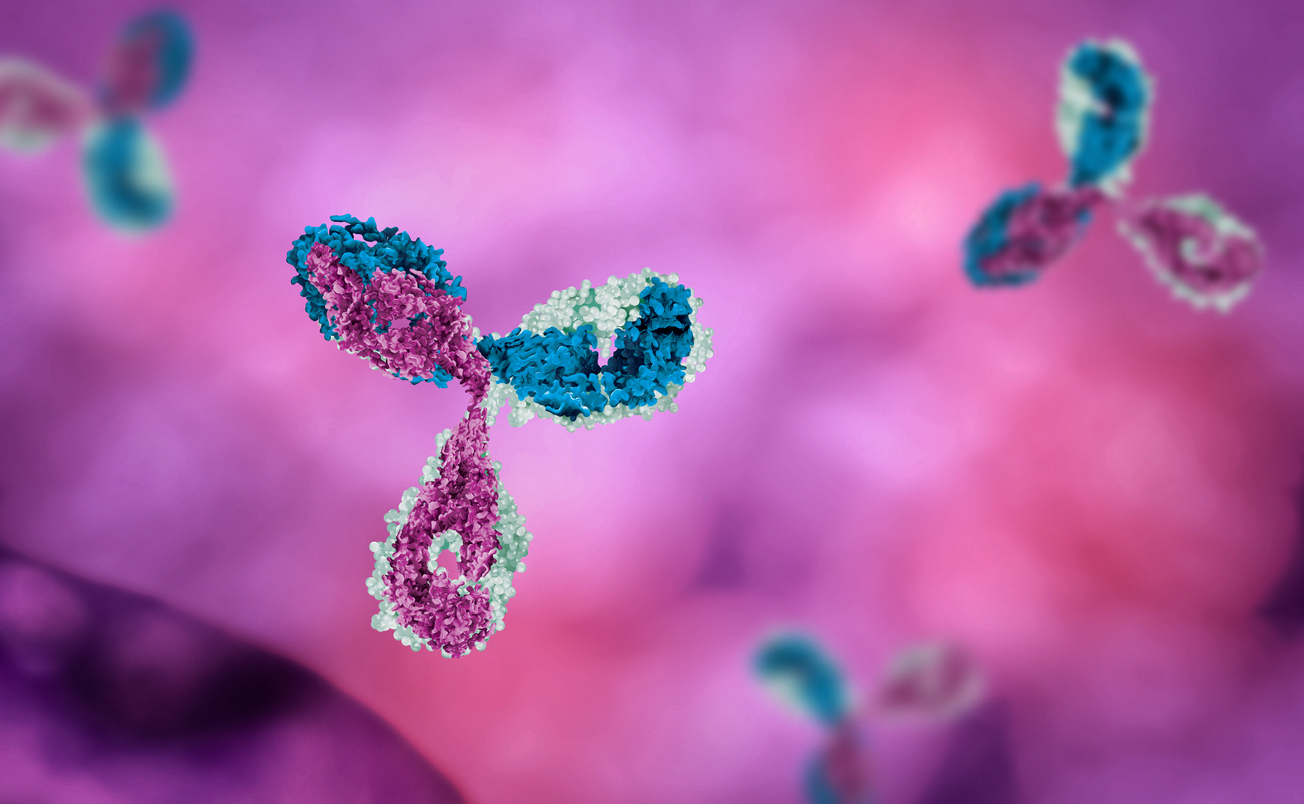Well, since the first draft guidance on the “deemed approved” transition provisions of the Biologics Price Competition and Innovation Act of 2009 (BPCI Act), we have been waiting to learn more about the specific process and for answers to a number of questions. FDA just issued a second revision of the question and answers document (here). For those of you not familiar with the transition provisions – what is transitioning? Any NDA that was approved under Section 505 of the FDCA on or before March 23, 2020 will be deemed a licensed biologic if it is a product that meets the definition of a biologic. Any pending 505 NDA for such a product if approved after that date will be approved as a BLA under Section 351(k) of the FDCA.
The Q&A document describes how FDA is looking at the newest definition of a biologic:
FDA interprets the term “protein” to mean any alpha amino acid polymer with a specific defined sequence that is greater than 40 amino acids in size. FDA interprets the term “chemically synthesized polypeptide” to mean any alpha amino acid polymer that (1) is made entirely by chemical synthesis and (2) is greater than 40 amino acids, but less than 100 amino acids in size. A “chemically synthesized polypeptide” is not a “biological product” and will continue to be regulated as a drug under the FD&C Act unless the polypeptide otherwise meets the statutory definition of a “biological product” (see Q. II.1 in the Biosimilars Q&A Draft Guidance). Moreover, a drug product that contains a protein only as an inactive ingredient (e.g., a drug product formulated with human serum albumin) is not considered to be a “protein” for purposes of the statutory definition of “biological product” and the transition provision of the BPCI A.
There are 21 questions and comprehensive answers in this document, so get reading. This will have implications for not only NDA holders, NDA sponsors, but also generic drug applicants that may have wanted to submit an ANDA for one of the few products that may have previously been eligible for submission under the 505(j)-approval route. That route will now be closed forever. Albeit, there are no currently approved biologic products approved under the ANDA pathway.
The Q&A are mostly procedural in nature and explains the how, what, when, and where things will take place. For instance, holders of the NDA applications will not need to take any action, FDA will notify each applicant, numbers for the approved NDA will stay the same, except they will now be considered as BLAs, labeling will need to be revised to conform with BLA requirements, and there may be some CMC differences that arise. FDA is committed to work with firms to minimize any disruptions in the marketplace. Deemed approved BLAs can also seek a determination of interchangeability under the provisions of 351(k) of the Act. It is also important to note that deemed approved BLAs will have their entries removed from the Orange Book.
The guidance document also contains a section on FDA compliance stance on labeling and the enforcement discretion that will be applied for such products.



